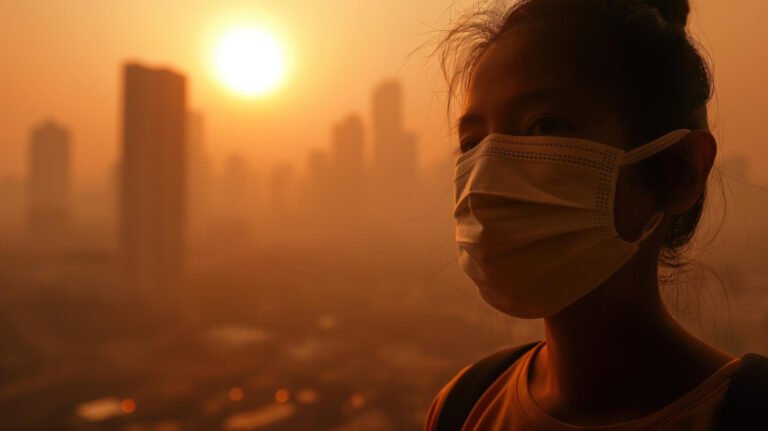The Pyrocene: Our Planet Is Burning
The term “Pyrocene” has been introduced to describe a new epoch characterized by the pervasive influence of human-induced fire activities on Earth’s environment. Historically, fire has been a pivotal force in human development, from land management practices to industrial advancements. However, the extensive use of fire, particularly through the combustion of fossil fuels, has led to significant environmental challenges, including climate change and increased wildfire occurrences. Recognising the Pyrocene urges a reevaluation of our relationship with fire and emphasizes the need for sustainable practices to mitigate its adverse effects.
Important Points
- Definition of the Pyrocene: Coined by environmental historian Stephen J. Pyne, the Pyrocene refers to a proposed epoch where human activities, especially those involving fire, have become a dominant environmental force, reshaping ecosystems and climate patterns.
- Historical Context: Fire has been integral to human evolution, aiding in cooking, land clearing, and protection. However, the Industrial Revolution marked a shift to large-scale fossil fuel combustion, intensifying environmental impacts.
- Environmental Consequences: The extensive use of fire has contributed to global warming, habitat destruction, and a surge in uncontrolled wildfires, leading to loss of biodiversity and human livelihoods.
- Cultural and Indigenous Practices: Traditional fire management, such as Indigenous cultural burning, historically maintained ecological balance. Reviving these practices could enhance contemporary fire management strategies.
- Call to Action: Addressing the challenges of the Pyrocene requires integrating sustainable fire management, reducing fossil fuel dependence, and acknowledging the role of fire in shaping our environment.







